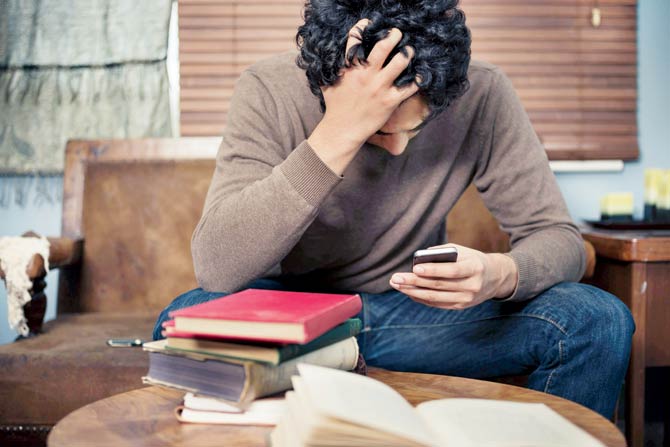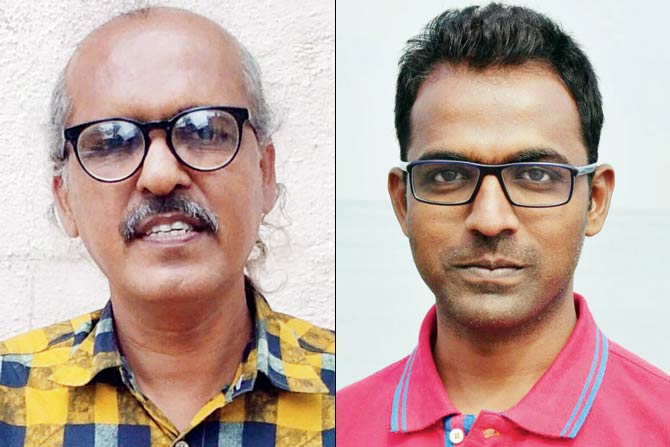After promising to provide audiovisual course material, Balbharti is directing students to the highly unreliable online encyclopaedia

Your child's Balbharti textbook might just be teaching him/her to break the most important code of academics — to never use Wikipedia as reference in educational content. Textbooks for Std X now feature a QR code after every chapter, connecting to additional reference material. What is alarming, however, is how many of these link to Wikipedia, a website that can be notoriously unreliable with facts.
ADVERTISEMENT
Interestingly, the textbook bureau levies royalty charges on publishers of Std X guides for using content from the Balbharti textbooks. But it has no problem publishing QR codes linking to Wikipedia, instead of formulating original content. Since Wikipedia is an open source platform, this is not a copyright issue, but it's also why the website is not a reliable source of information for young students, as anyone can create or edit content there. It is unlikely that students will question the content if they are directed there by the Balbharti.

Students can scan the QR codes through Diksha. Representation Picture
The QR code programme started last year, but at the time, each book had just one barcode to provide a broad idea of the subject. This year, there is a QR code after every chapter, linking to webpages with detailed information on each topic. Students with access to phones can scan the code through bureau's app, Diksha (initiation).
Easy to tamper
Educationists say the concept had great potential if the authorities had provided audiovisual material to help students to understand the subject better. However, they are concerned by how many QR codes have Wikipedia links.

Heramb Kulkarni, Educationist and Ranjitsinh Desale
"Wikipedia is not considered a reliable source because it is a portal where anybody can edit the content. There is a possibility of tampering with material to further political agenda, for instance. "Especially in today's world with strong political agenda, biased edits can be made to Wikipedia pages. In this case, we would not be giving our students clear, factual information," said Heramb Kulkarni, an educationist consulted by the state in the past.
Teachers say
Teachers at state board schools are horrified. "The Internet has become an important part of students' lives. But this was not expected from Balbharti, being the official body of curriculum development," said a Powai teacher.
Another teacher said, "Now that there is a QR code after every lesson, it will be widely used. But Wikipedia is not authentic. When students have to do project work, we ask them to write their own material and not reproduce content from the Internet. How can the authorities do this?"
'Codes can be revised'
The QR code concept was developed two years ago by Ranjitsinh Desale, a teacher from Solapur. He had developed the concept at the local level to make learning interesting for children. His efforts were appreciated and the concept was introduced to Balbharti.
When mid-day reached out to him, Desale said, "Whatever content is in the QR codes is approved by the Board of Studies. It is far easier to revise QR code content than a textbook. If any Wikipedia link has been tampered with, it can be removed. Constant monitoring is recommended."
 Subscribe today by clicking the link and stay updated with the latest news!" Click here!
Subscribe today by clicking the link and stay updated with the latest news!" Click here!






